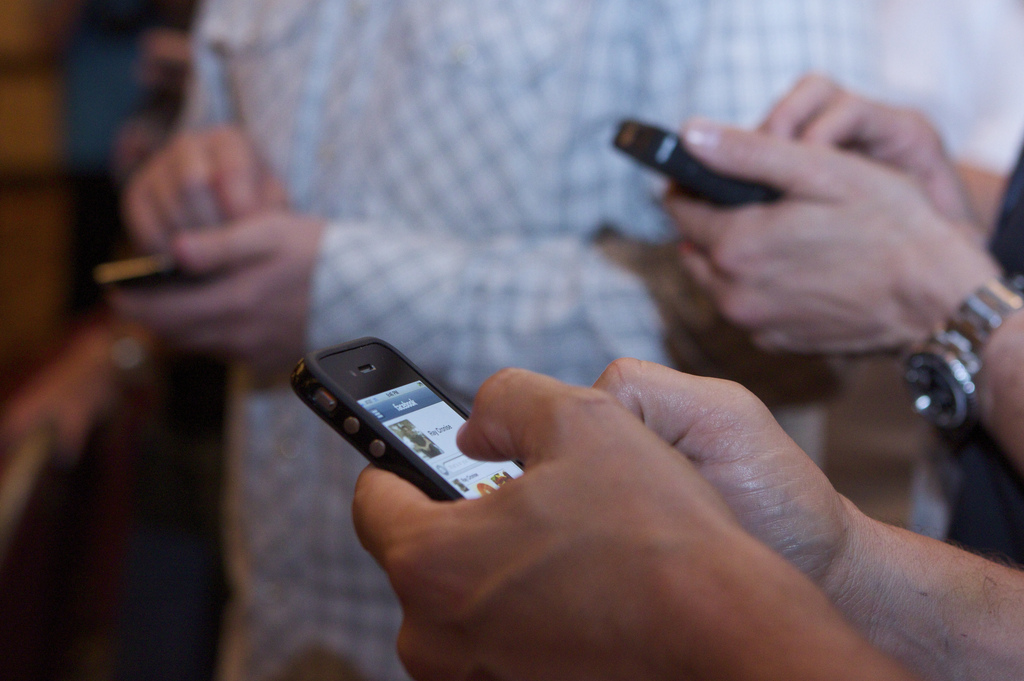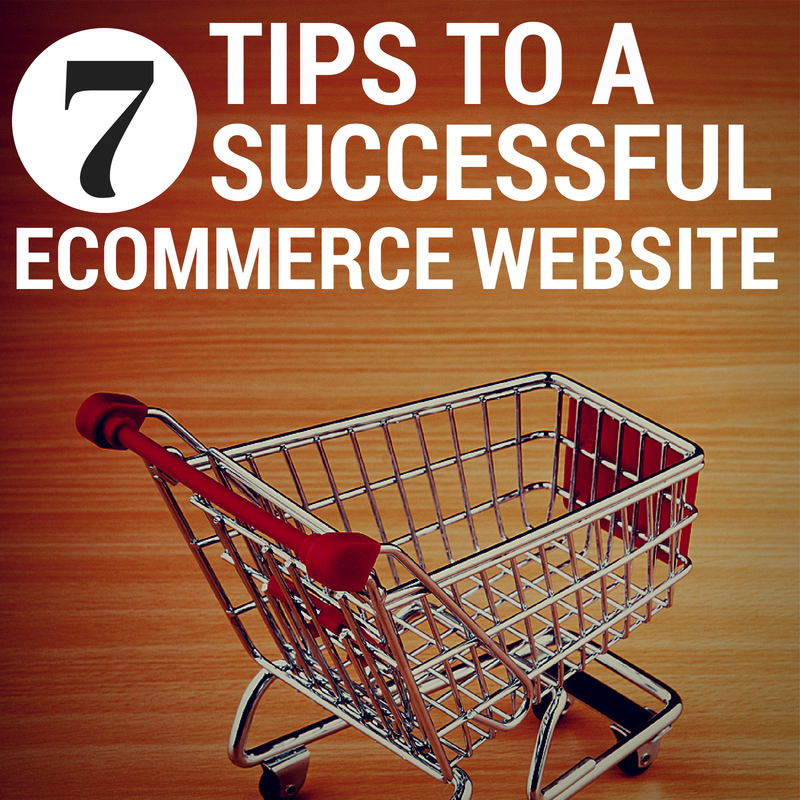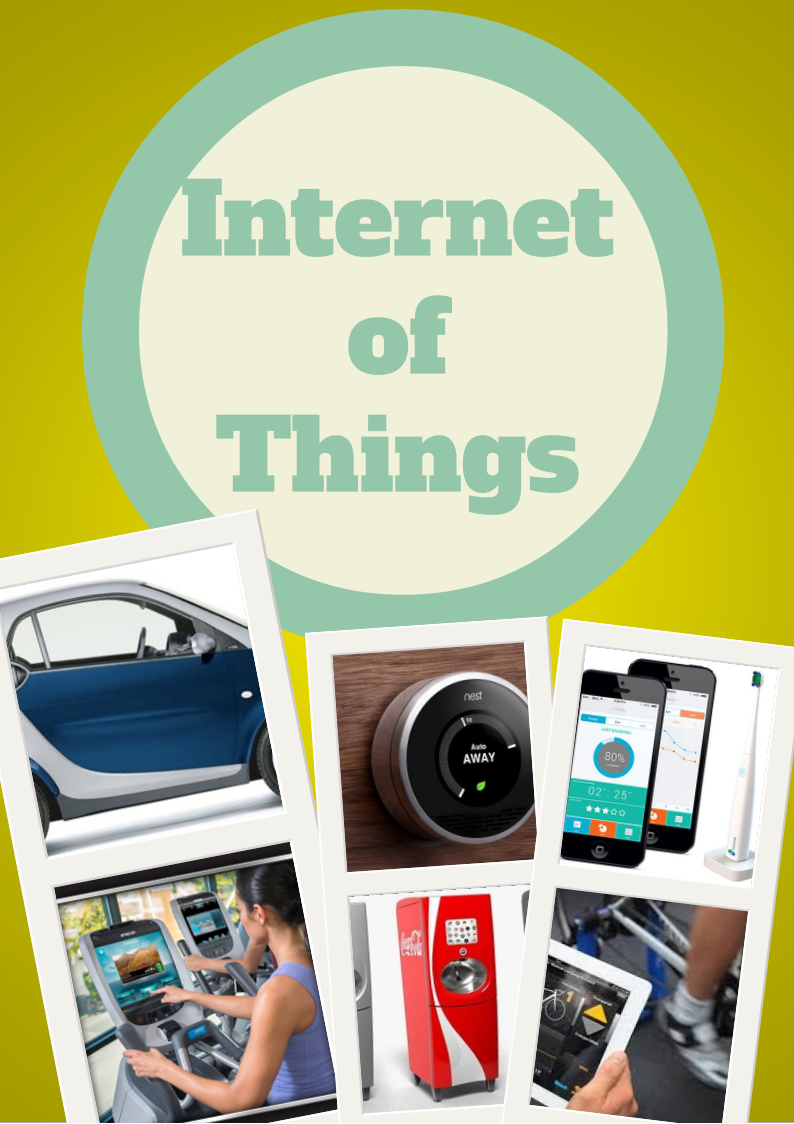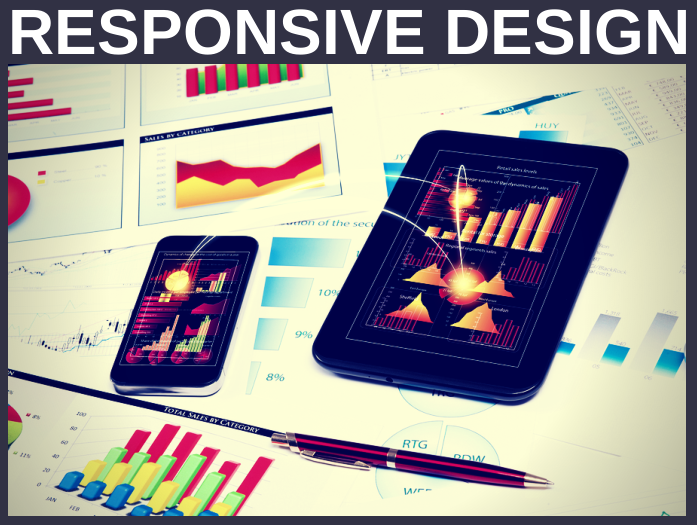7 Irrefutable Marketing Tips for Multi-Device Campaign
“Do you have wifi?”
It used be “what’s on the menu” before stepping into a restaurant, but since people have must be fused to an Internet-enabled device most of the time, a reliable Internet connection has become as important as an establishment’s best seller. Priorities have indeed changed.
How many connected devices do you bring with you every day; a mobile phone or smartphone (most of the time one for personal use and another for work), a tablet, and a laptop more than likely. Switching from one to the other has become the norm for most.. A Forrester survey of 61,000 adults showed that 90% use an average of three different device combinations to finish a task. It also revealed that 51% use more than one device at the same time or what some call as the “second-screen phenomenon.” It comes as no surprise that marketers are bent on running a multi-device campaign. In fact, a research conducted by Nielsen and National Advertisers showed a 20% increase in budget for this digital marketing strategy. This is expected to go higher as 88% of marketers expect cross-device campaigns to be very important by 2016 to improve customer’s journey in the virtual world.
The face of marketing and business operations changed forever when mobile technology exceeded PCs and desktops in terms of Internet usage. The new digital consumer doesn’t just access the web via a mobile device, they spend a whopping average of 34 hours Internet time per month on a smartphone compared to 27 hours on a PC, according to Nielsen. And now, not only do marketers have to adopt a mobile-first strategy, they also have to do great work on several mobile devices at once. The question is: how can you be everywhere without being all over the place?
1.Timing is everything
For a cohesive multi-device campaign, a marketer must understand how each device works. This involves knowing when and where customers interact with a specific device in their daily lives. A recent study on mobile usage by Salesforce showed that mobile users prefer different devices at different times of the day. The study revealed that customers are onmobile and smartphones while in transit and during lunch. Upon waking up and before going to sleep, the tablet is their device of choice. Laptops and PCs are used during work hours. Timing is important so you know where to focus your marketing efforts and at what time of the day are they most effective.
2.Understanding behavior and habits
Aside from understanding the device, the more critical part is understanding behaviors and habits of customers. What are their activities when using a smartphone while in transit and what do they do with a tablet upon waking? Remember that each device serves a different purpose for different customers. Your customers may not even be aware of this, but you should.
According to the Salesforce research, most people read feature stories, news stories, videos, and morning briefings with a tablet. Quick updates and social media are accessed on a smart phone. In a laptop or PC, data, infographics, and videos are most in demand. In a nutshell — mobile phones keep us connected, tablets keep us entertained, while laptops and PCs keep us informed and productive. Only by understanding a user’s behavior and habits can a marketer effectively carry out a digital marketing campaign across multiple devices.
3. Gather data and learn
Photo courtesy of Geoff Dudgeon via Pinterest
Data gathering and analytics pose very serious challenges to a marketer. Data is the driver of everything. For a marketer to further improve a customer’s journey via multiple devices, he must be able to collect relevant data about users and customers and analyze them. Only then can a marketer drive strategy and adapt tactics accordingly. Learn about your customers using the data available to you — who they are, what their device-specific habits are or what their behavioral pattern is. Marketers need data to understand how consumers use and interact with their devices.
4.No one size fits all

Photo courtesy of Sydney MacDonald via Pinterest
Every device has specific requirements when it comes to design. A marketer must be able to make the design responsive so that a mobile-optimized website can adapt to the layout of a given device. As most laptops are for scrolling, smartphones are not. Images must be flexible and content must automatically resize so that the flow is fluid every time, everywhere.
5.Seamless and consistent experience
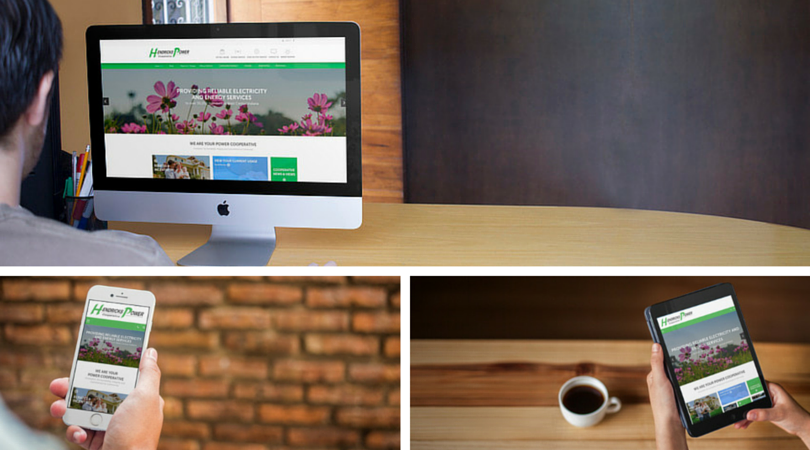
For a multi-device campaign to be effective, you must be able to give the audience a consistent experience. Remember that customers use several devices to finish one task of say, purchasing — they research on a smartphone but make the purchase on a laptop. This is why the brand’s voice and message must be the same across channels. Customers do not think in terms of channel but in terms of message so make the transition seamless and fluid. Nurture your audience across multiple devices and give the experience right all the time.
6.Consistent but varied

Consistent doesn’t mean same, exact, alike, and unchanged. The message must be consistent but the way it is delivered must vary depending on the device. The key here is to understand what customers are looking for in each device like Twitter for mobile, blog for tablets, or purchase for laptops. This way, you can make a varied approach to content creation. Remember that how you make a subject title to an email and how you compose a 140-character tweet differs and varies. The brand voice must be consistent but how you say it must vary depending on purpose, device, and channel. Think structured variation.
7.It is (still) the person that matters
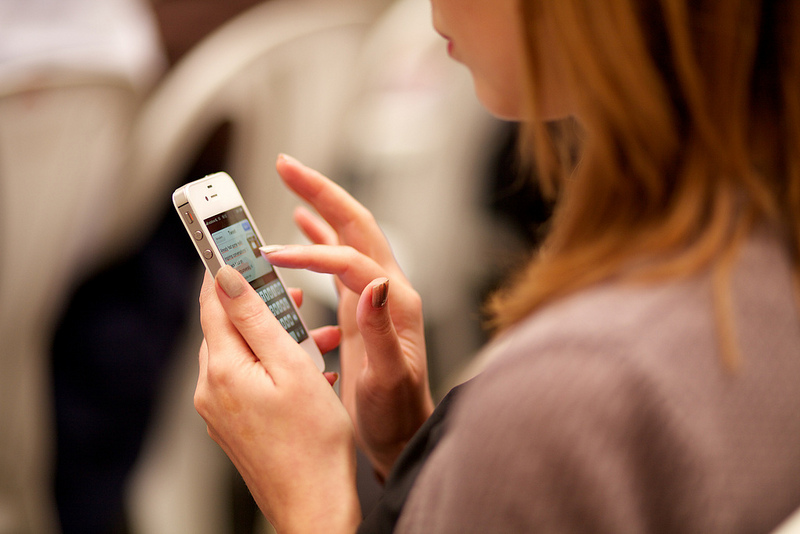
It is important to get the experience right in each device every time. But do not lose sight of the most important aspect of every marketing strategy — the customer. This is where it all began. Give them the power to consume content in their own terms. At the same time, you have to structure your campaign based on the persona and behavior of your customer not on the device or technology. It is always customer first.
Technology’s love affair with the customer is one that constantly evolves. But the things that do not are the customer’s demand for great content and experience. Keep that in mind even as more devices and channels will challenge every tried and tested strategy you come up with in the years to come.

